Frequent power outages, high electricity bills, and the growing need for clean and renewable energy are a few reasons that force homeowners to go solar. Solar panels attached to a battery help homeowners use the solar energy, convert it into electricity, and use it to power up appliances per their needs.
Solar panels are an excellent way to power your home, off-grid living and save money, but many types of solar panels available make it hard for them to make a better choice.
This guide will include everything you need to know, from choosing the right type of solar panels and going "green" to understanding how they work to power your house. Most common solar panels include monocrystalline, polycrystalline, and thin film. Let us discuss them in detail.
What Is A Solar Panel?

Solar panels are photovoltaic or PV cells that absorb sun rays and convert them into electrical energy. The typical solar panel consists of silicon, boron, and phosphorus layers.
The boron layer provides a positive charge, whereas the phosphorus layer provides a negative charge. The internal layer between boron and phosphorus is silicon, which acts as a semiconductor.
The silicon cells release electrons and create an electrical current. The released electrical current stored in the battery is then used to power electrical gadgets and devices during power outages or outdoor adventures.
How Does a Solar Panel Work?
Solar panels are undoubtedly an ideal means to cut connections from the grid and use solar energy. But have you ever thought about how these solar panels work to generate electrical energy and power your entire house?
Solar panels use sunlight as their fuel to generate power/energy. When sunlight strikes the panels, the surface converts the sunlight into electricity. Solar panels are composed of cells that contain electrons. The negative charge of boron and the positive charge of phosphorus creates a magnetic field.
The falling sunlight on the cells destabilizes the electrons and frees up the negatively charged electrons. The movement results in the production of current or electricity. However, this electrical current is not suitable for home appliances. And this is where the role of the solar inverter starts.
The solar inverter converts the produced electricity from DC to AC so you can charge up your appliances.
One important thing to remember is that solar panels only work when they receive direct sunlight. The more peak sunlight it gets, the higher the electricity production. For this reason, a solar panel produces more solar energy during sunny days than on cloudy days.
The Main 4 Types Of Solar Panels
There are four main types of solar panels: monocrystalline, polycrystalline, PERC, and thin-film. Depending upon the type of solar cells, the solar panels are categorized into different categories, shown in the table below.
|
Parameters |
Monocrystalline |
Polycrystalline |
Thin-film |
PERC |
|
Cost |
High |
Medium |
Depends on the material |
Highest |
|
Efficiency |
High |
Medium |
Low |
Most efficient |
|
Appearance |
Dark black color cells with octagonal shape |
Blue color cells with square edges |
Depends on the material |
Black color cells with rounded edges |
|
Lifespan |
25-40 years |
25-35 years |
10-20 years |
25-30 years |
|
Carbon footprint |
Low 38.1 g per kWh |
Low 27.2 g per kWh |
Lowest 21.4 g per kWh |
Low |
|
Advantages |
Energy efficient and heat resistant |
Affordable and less wastage during manufacturing |
Lightweight and low installation cost |
Less space requirement and most efficient |
|
Disadvantages |
Expensive |
Low energy efficiency and low heat resistance |
Degrades faster and least efficient |
Expensive |
Let us discuss the four types of solar panels in detail.
Monocrystalline Solar Panels
Best known as single-crystal panels, monocrystalline solar panels are made using a pure form of silicon crystals. The crystal is sliced into multiple octagonal-shaped wafers forming cells.
The monocrystalline solar panels are built on the Half Cut cells technology. Within the solar panels, the square-shaped cells are cut to produce twice the number of cells.
The cells in the two halves of the solar panels are connected in two different series, ensuring consistent power generation even if there is a shadow on half panel.

Features of Monocrystalline Solar Panels
- As the monocrystalline type of solar panels is composed of a single silicon crystal, they usually have high conversion rates compared to other panels available.
- Such types of solar panels are a little more expensive than other types because of the complexity of the single-crystal silicon cell manufacturing process.
- The solar panel has higher heat resistance than other panels, meaning it can produce more electricity at high temperatures.
Pros
- They are made of single and highest-grade silicon crystal, making them a highly efficient and popular choice among homeowners.
- Small monocrystalline solar panels can produce the same electricity as large polycrystalline or thin-film cells.
- They have the most extended lifespan compared to other types, ensuring you can enjoy solar energy for decades.
Cons
- One significant downside of the monocrystalline solar panel type is its high initial cost due to the heavy production process involved in manufacturing it.
- The efficiency of solar panels declines when they get covered in snow, leaves, or dirt.
Polycrystalline Solar Panels
Also called multi-crystalline panels, these solar panels are typically cheaper than monocrystalline solar panels. This is because silicon fragments manufacture solar cells instead of pure silicon crystals.
A simple manufacturing process reduces the overall cost of the solar panel. However, in terms of space and energy conversion, they are less efficient and have lower heat tolerance.
Features Of Polycrystalline Solar Panels
- They are formed from multiple silicon crystals, so there is little room for electron movement. That said, solar panels come with lower efficiency.
- Rather than resembling monocrystalline, these solar panel types have square-shaped cells and straight edges.
- As less silicon is wasted during the manufacturing of the panels and the manufacturing process is quite simple, these panels are more affordable than other types.
Pros
- In low-light conditions, polycrystalline crystals are more efficient compared to other types.
- They are less expensive solutions for homeowners wanting to switch to solar energy.
- It produces less waste during manufacturing and yields maximum outputs.
Cons
- They are less long-lasting and durable than other solar panel types.
- The panels are larger, so they may take up more space at home to produce the same amount of electricity.
Thin-Film Solar Panels
Thin-film solar panels have lower efficiency ratings, so they are usually used in large-scale utility or industrial solar installations.
It is produced by depositing a layer of photovoltaic substance, such as copper indium gallium selenide (CIGS), amorphous silicon (a-Si), or cadmium telluride (CdTe), on glass.
Even though each material creates a different solar panel, they all fall under thin film solar cells.
Features Of Thin-Film Panels
- The temperature coefficient of the thin-film panels is around - 0.2% per C, meaning they can handle heat better than mono and poly panel types.
- As they are easier to install without any equipment, the cost of thin-film panels is much lower.
- Such solar panel types are attractive and have less wiring and busbars.
- It is often called second-and-third generation solar cells as they're produced by mixing different materials.
Pros
- Producing thin-film solar panel typesis faster and simpler than first-generation solar cells, making it cost-effective.
- It can withstand high temperatures on bright sunny days.
- It weighs less compared to mono and polycrystalline panels.
Cons
- Cadmium in CdTe is highly toxic and can harm human health if inhaled or ingested.
- Some metals found in GaAs, CdTe, and CIGS are rare, making it hard for manufacturers to produce large amounts of thin-film cells.
- Compared to mono and poly, these solar panels have the lowest lifespan and degrade faster.
PERC Solar Panels
Passivated Emitter and Rear Cell (PERC cells) is a new technology that involves adding a passivation layer to the rear cell surface. The latest technology in PERC solar panels increases the amount of absorbed solar radiation by reflecting light back into the cell.
The energy collection is high in PERC panels, so it is ideal for limited space. However, they are a little expensive compared to traditional solar panels.
Features of PERC Solar Panels
- Due to the preservation layer, these solar panel typesare highly efficient, even more than monocrystalline.
- They are capable of working well in both high-heat and low-light environments.
- PERC solar panels allow you to achieve the same power output with fewer panels.
Pros
- An extra outer layer adds protection and makes them efficient.
- They have the highest power ratings compared to all other solar panels available.
Cons
- Compared to traditional panels, PERC panels are slightly more expensive.
Other Types Of Solar Panels
Besides common types of solar panels, there are a few less-known solar panel cells, including:
Bifacial Solar Panels
As the name suggests, bifacial solar cells can absorb light on both sides and convert it into energy.
The backside of the panel absorbs light that's reflected from the ground. You can consider placing a mirror behind these cells for maximum electricity production.
Studies reveal that bifacial models can produce 10-20% (Data from pv-magazine) more power than traditional or mono-facial panels — however, the efficiency comes at a cost. You have to pay nearly 15% more than mono facial solar panels for higher efficiency and power.
Transparent Solar Panels
Unlike solid solar panels, transparent panels are built using see-through quality. It works like a regular panel but has a slight or complete see-through ability.
It's important to note that these solar panels are mostly suited for commercial contexts rather than residential ones. In addition, they are not portable, making them less suitable for outdoor adventurers.
Solar Roof Tiles
Solar tiles and solar roof tiles work on the same concept — they help convert sunlight into electricity. The appealing aesthetic is the only reason people choose solar roof tiles over solar panels.
But before you plan to invest in solar roof tiles, note that they could cost you twice as much as solar panels. Furthermore, they are less efficient when converting sunlight into electricity.
How To Classify The Types Of Solar Panels?
Not all panels are the same when we talk about efficiency, performance, costs, and other factors. Here is how they differ.
Solar Panel Types By Efficiency
Efficiency is one of the most important deciding factors when choosing a solar panel type. Here is how efficiency differs depending on the solar panel you choose.
- Monocrystalline panels have an efficiency of 20% (higher than all others available, and Jackery solar panel efficiency is at 23%-25%).
- Polycrystalline panel efficiency lies between 15-17%.
- PERC panels have the highest efficiency (nearly 15-20% general and 5% extra due to the passivation layer).
- Thin-film solar panel efficiency lies between 6-15%, depending on the material used.
Solar Panel Types By Capacity
Power capacity depends on how much power the solar panel can produce during peak hours.
- Monocrystalline solar cells have the highest power capacity due to their single-crystal construction. You can expect up to 300W and above power capacity if you choose monocrystalline panels.
- Polycrystalline gives tough competition to monocrystalline with a power capacity between 240-300W.
- Like efficiency, thin-film solar panel power capacity depends on the material used and the panel size. Generally, thin films produce less power output than mono and polycrystalline panels.
- PERC solar panels are more efficient and absorb more sunlight than other types due to their extra layer.
Solar Panel Types By Appearance
Here is the breakdown of how different types of solar panels differ in appearance.
- Monocrystalline panels come in a solid black appearance and sleek design. The perfect and equal sizes and shapes of solar cells make them look organized and attractive to the eyes.
- Polycrystalline panels, on the other hand, have a blue-marbled look. Each individual cell or panel will have a different shape than others, making it look disorganized.
- Thin-film panels have an all-black and clean look with a thin design. The less wiring and busbars make it look uncluttered and sleek.
- PERC panels have a uniform black shape, which makes them look good.
Solar Panel Types By Cost
If you are ready to go solar, understanding the cost associated with the solar panel purchase is critical.
- Monocrystalline panels come with a hefty price tag due to the complex manufacturing process of combining the highest-grade silicon crystal. It could cost you around $1-$2 per watt.
- Unlike monocrystalline, polycrystalline panels do not use a single pure silicon crystal. Instead, it uses crystal fragments leftovers that lower the production cost. You'll have to pay around $0.70-$1 per watt for multiple crystalline panels.
- Among all the thin-film solar panels, CIGS is the most expensive, followed by CdTe and a-Si. The lightweight and flexible nature of solar panels reduces labor costs. You'll have to pay nearly $0.43-$70 per watt to get thin-film cells.
- For PERC, homeowners must pay around $0.32-$0.70 per watt.
Note - This is the general cost estimation for each type. The accurate expense related to the solar panels will depend on other factors such as brand, electricity requirements, size, etc.
How To Choose The Types Of Solar Panels?
Beyond the cost and efficiency of solar panels, a few factors impact the choice of solar panels.
- Hail Rating
If your home area is prone to hail or snow, it's better to look for a solar panel that can withstand hail hitting without damage. Monocrystalline and polycrystalline panels are manufactured using thick materials. Therefore, they are a reliable choice for homeowners living in hail-prone areas.
- Light-Induced Degradation (LID)
Light-induced degradation, or LID, is the solar panel degradation that occurs during the first few hours of sun exposure. The higher the LID rate of a solar panel, the lower the quality. Therefore, choosing a solar panel with a LID below 3% is preferable for maximum output.
- Temperature Coefficient
Electricity generation and the temperature of solar panels are related to each other. Make sure to check the temperature coefficient of the solar panel before making your purchase. It should range between - 0.2% °C to - 0.5% °C, so you get the maximum power output. Jackery solar panels have a good performance in hot and cold weather, the working temperature is -10-65°C (14-149°F). Each time the temperature rises by 1℃, the conversion efficiency still be 28.5% higher than alternatives on the market.
The Best Solar Panels With Jackery
Choosing the right solar panels with lots of options available can be challenging. But not more! Jackery brings you the best solution to harness the sun's power and charge all your electrical gears.
The portable Jackery SolarSaga solar panels are easy to carry and have the highest efficiency of 25%. To maximize electricity production, you can team it up with Jackery rechargeable mobile power stations.

Below are the most popular Jackery solar panels available.
Jackery SolarSaga 40W Mini Solar Panels
The Jackery SolarSaga 40W Mini Solar Panels are ultra-lightweight, weighing only 2.6 lbs, which makes them ideal for on-the-go adventures. They are portable and have direct charging capabilities, making them ideal for hiking or backpacking.
-
The four-fold design of the solar panels makes them easy to pack and carry.
-
The two output USB ports help you charge two small devices like phones and cameras.
-
The IP68 waterproof rating offers extreme durability in extreme outdoor conditions.
-
With an impressive solar conversion efficiency, the solar panel can harness more power from the sun to keep devices charged.
-
It is compatible with Jackery Explorer 600 Plus, Explorer 300 Plus, Explorer 240 v2, and Explorer 100 Plus.
Jackery SolarSaga 100 Prime Solar Panels
The Jackery SolarSaga 100 Prime Solar Panels have an unshaded front design to ensure optimal sunlight absorption. You can even install the solar panels on the rooftop of an RV or camper to convert sunlight into electricity on the go.
-
The flexible design allows you to easily set up the solar panels in a variety of environments.
-
It is built with industrial-grade tempered and an aluminum alloy frame to make the solar panel shock-proof and impact-resistant.
-
It is IP68 waterproof and dust resistant, which makes the solar panel ideal for extreme weather conditions.
-
It is compatible with Jackery Explorer 5000 Plus, Explorer 3000 Pro, Explorer 2000 v2, Explorer 2000 Plus, Explorer 1000 Plus, Explorer 1000 v2, Explorer 600 Plus, Explorer 500, Explorer 300 Plus, Explorer 240 v2, and Explorer 100 Plus.
Jackery SolarSaga 100W Solar Panels
Jackery SolarSaga 100W Solar Panel is best suited for unexpected power outages. Besides, the foldable, lightweight, and easy-carry handle makes it the perfect choice for outdoor adventurers. Thanks to the multi-layered cell technology and monocrystalline silicon solar cells, the solar panels perform better with a high conversion efficiency of 24.3%.
- The ETFE-laminated case, IP65 water-resistant quality, and pocket zippers of solar cells make it durable and increase its lifespan.
- The storage bag with SolarSaga 100W solar panel kit stores and protects the ports and cables from shock and dust.
- Advanced solar panels come with a foldable design, rubber handle, and compact size for easy transportation.
-
It is compatible with Jackery Explorer 5000 Plus, Explorer 3000 Pro, Explorer 2000 v2, Explorer 2000 Plus, Explorer 1000 Plus, Explorer 1000 v2, Explorer 600 Plus, Explorer 500, Explorer 300 Plus, Explorer 240 v2, and Explorer 100 Plus.
Jackery SolarSaga 200W Solar Panels
If you want a solution that can power your entire house, the Jackery SolarSaga 200W solar panels are the best choice. With a higher conversion rate of 24.3%, solar panels can produce more power under similar conditions.
- Similar to 100W solar panels, 200w solar cells are built to last. The ETFE-laminated case and IP67 waterproof rating ensure that they can withstand harsh weather that prolongs the lifespan of the solar panels.
- The three kickstands available with solar panels ensure that you can easily set it up and power all your appliances with solar energy.
- It is compatible with Jackery Explorer 2000 Plus to charge your entire home during prolonged power outages or camping trips that last long.
- The practical carrying bag with 200W solar panels makes it convenient for off-grid journeys.
Jackery SolarSaga 500X Solar Panels
The Jackery SolarSaga 500X Solar Panels are built by combining six Jackery SolarSaga 85 Solar Panels and you can use each of them individually. It has a high power output that provides fast charging of the portable power station. It has a 25% solar conversion efficiency which is much higher than other solar panels available in the market.
-
The foldable and portable design of solar panels ensures easy transportation and installation.
-
The dual-sided solar panels help capture sunlight from both sides, ensuring maximum energy generation.
-
They feature an easy DIY setup with plug-and-play connections, which makes them ideal for home and outdoor use.
-
The solar panels are IP68 waterproof rated, representing their resilience and high quality to various outdoor conditions.
-
It is compatible with Jackery Explorer 5000 Plus, Explorer 3000 Pro, and Explorer 1000 Plus.
FAQs About Types Of Solar Panels
Monocrystalline solar panels are the best option for most residential solar power systems. However, if you are still apprehensive about the choice, here are a few questions to consider.
- How long do Jackery monocrystalline solar panels last?
Jackery monocrystalline solar panels can last for a long time if well-maintained. The highest-grade solar solution can last for over 25 years when combined with explorer solar power stations.
- Which is the most efficient type of solar panel?
The monocrystalline solar power panel type is the most efficient, with ratings between 17%-25%. As the silicon molecules are appropriately aligned in the solar panel, they convert solar energy into electricity faster.
- Which is the cheapest type of solar panel?
Among all the solar power panels sold commercially, thin-film solar panels are the cheapest. This is because they have an easy manufacturing process that requires fewer materials. However, these panels also tend to be the least efficient.
- How to make full use of Jackery solar panels?
Jackery solar power panels use monocrystalline silicon solar cells, providing a high solar conversion rate up to 25%. Consider attaching the Jackery solar panel with a solar generator to improve the power generation capabilities.
- Jackery SolarSaga 100W solar panels and Explorer power stations can be an excellent choice to power all the appliances and enjoy camping or other outdoor adventures.
- Jackery SolarSaga 200W solar power combined with Explorer 2000 Plus allows you to enjoy off-grid journeys.

Final Thoughts
Understanding the different types of solar panels and their features will help you make an informed decision. We recommend choosing a portable solar panel, an easy-to-carry power solution for adventures.
If you're still unsure which solar panel is the right choice, consider investing in Jackery SolarSaga solar panels. They are highly efficient and outperform compared to other solar panels available on the market.
So, what are you waiting for? Go solar with the highest quality solar panels and portable power station combo. Sign up for our newsletter to get instant updates about product news, deals, and promotions.

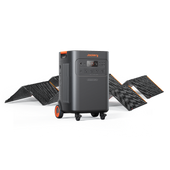











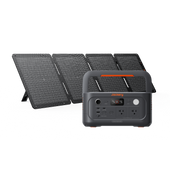





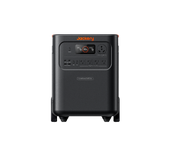
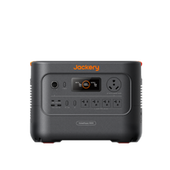





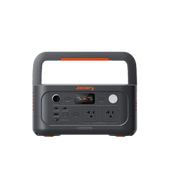





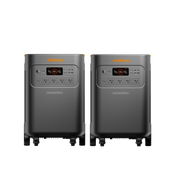
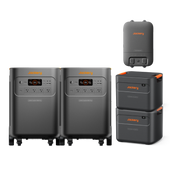





![[Add - on] Jackery Manual Transfer Switch for Explorer 5000 Plus - Jackery](http://www.jackery.com/cdn/shop/files/add-on-jackery-manual-transfer-switch-for-explorer-5000-plus-9017324.png?v=1754016782&width=170)
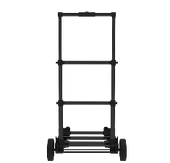
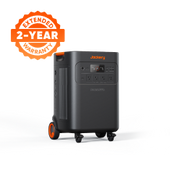
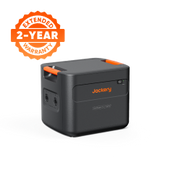
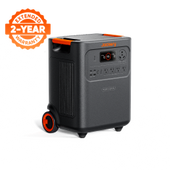
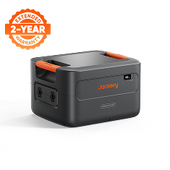
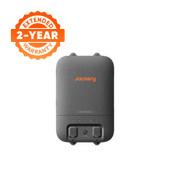



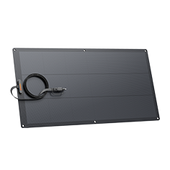
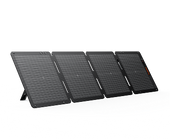




















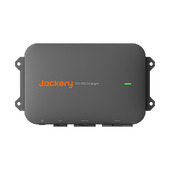




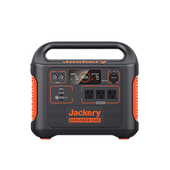







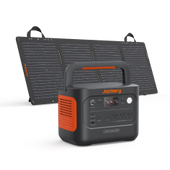
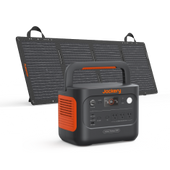





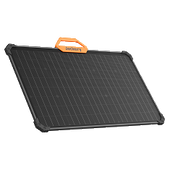


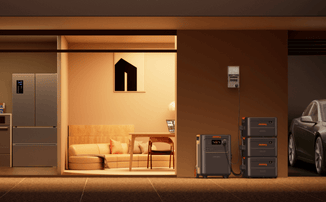













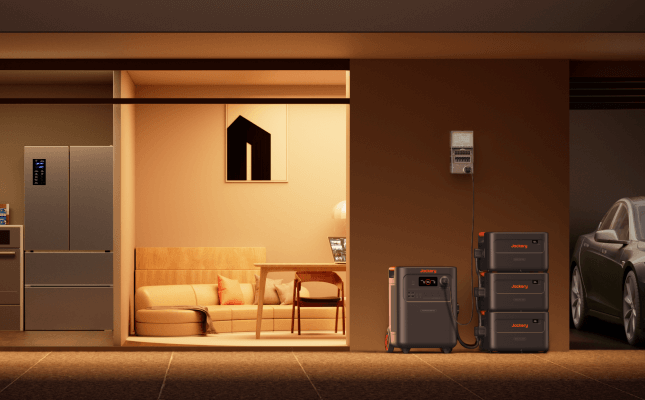


















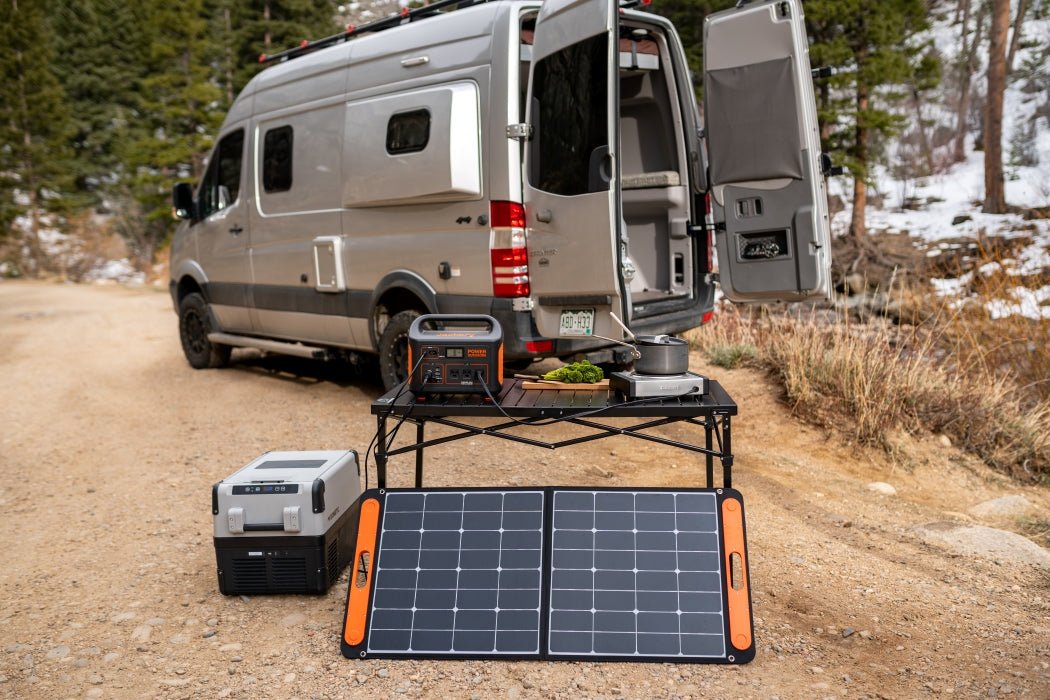




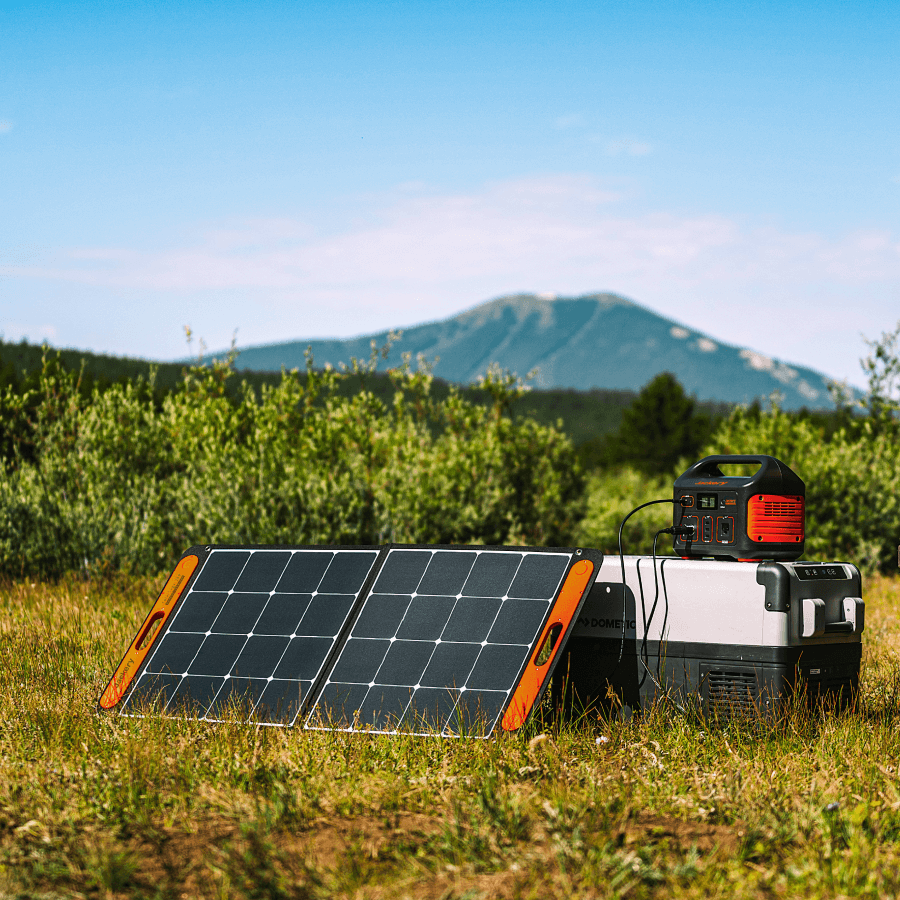


Leave a comment